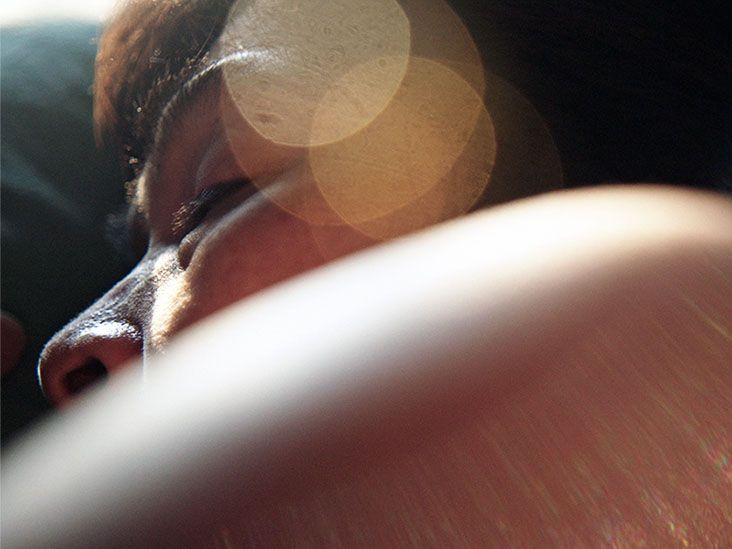Tacrolimus is a topical ointment that helps suppress reactions or symptoms resulting from the body’s immune system. Doctors use it to treat moderate to severe eczema that does not respond to the usual treatments.
Tacrolimus is also available as an injection or oral capsule. It
According to the National Eczema Association, 10.1% of people in the United States have some form of eczema.
Tacrolimus is a

The immune system, particularly the T cells, of a person with atopic eczema is overactive. This results in inflammation, which shows up as red or darker patches, depending on the color of a person’s skin. Calcineurin inhibitors such as tacrolimus act on the T cells to dampen the immune system, reducing inflammation and itching.
Scientists developed the ointment to treat atopic eczema, also known as atopic dermatitis. It has two strengths: the stronger 0.1% formulation and the weaker 0.03% formulation.
Tacrolimus ointment is one of two types of topical calcineurin inhibitor (TCI) for treating eczema. The other type is pimecrolimus cream, which doctors prescribe for mild to moderate eczema.
These topical formulations block the action of calcineurin, a chemical that contributes to eczema flares.
Tacrolimus
What happens if a person stops using topical tacrolimus?
This can happen due to an overactive inflammatory response.
A
- low potency corticosteroids
- pimecrolimus 1%
- tacrolimus 0.03%
Tacrolimus 0.1% and 0.03% produced the same results as moderate to potent corticosteroids. Tacrolimus 0.03% produced better results than mild corticosteroids and pimecrolimus.
The review’s authors concluded that both tacrolimus 0.1% and 0.03% seemed safe. They found no evidence of a possible increased risk of skin cancer or skin thinning. However, they noted that a lack of data meant the reliability and strength of the evidence were limited and urged caution in interpreting their findings.
Treatment with topical steroids on delicate areas of the skin
- face
- neck
- eyelids
- skin folds
- outer genital skin
A 2018 study in the
At the end of the 4 weeks, average eczema symptoms were significantly reduced, with no reports of serious adverse events. The researchers concluded that tacrolimus is effective and safe for treating eczema on the torso.
Although there is currently no cure for eczema, several types of therapies may help manage a person’s symptoms. These include:
- daily emollients or moisturizers to prevent skin dryness
- topical corticosteroids such as creams and ointments to reduce swelling and redness
- topical pimecrolimus or tacrolimus to treat sensitive skin that does not respond to conventional treatment
- antihistamines to treat severe itching
- bandages or special body suits to support the healing process
- dermatologist-prescribed therapies for a stronger treatment
Some people’s eczema also gets better on its own as they get older.
Other things a person can do to reduce their eczema symptoms include:
- trying not to scratch the affected skin, as this can lead to a cycle of eczema
- avoiding triggers, such as certain fabrics or detergents
- avoiding dietary triggers, such as dairy
According to the National Health Service (NHS) in the United Kingdom, some people are more likely to develop eczema due to their genetic makeup. For instance, a child with a parent or sibling who has atopic eczema may be more likely to develop the condition.
Very dry skin is also common in people with atopic eczema. This can increase their reactivity to certain triggers, making their skin itchy and sore.
Common eczema triggers include:
- soaps and detergents, including shampoo, washing-up liquid, and certain soaps
- cold and dry weather, or dampness
- allergens such as dust mites, pet fur, pollen, or mold
- food allergies to items such as dairy products, eggs, peanuts, soya, or wheat
- materials such as wool and synthetic fabrics
- premenstrual or pregnancy-related hormonal changes
- skin infections, although a person cannot catch eczema from another person
To prevent eczema flare-ups, the American Academy of Dermatology recommends:
- moisturizing after bathing and when the skin feels dry
- choosing fragrance-free personal care products and detergents
- testing a small amount of any new product on the skin every day for 7–10 days before applying it liberally
- taking warm baths or showers for 5–10 minutes to hydrate the skin before locking in moisture with a moisturizer
- determining triggers for flare-ups and avoiding them
- wearing loose-fitting 100% cotton clothing to allow the skin to breathe
- washing new clothes before wearing them and removing or covering up any parts that could cause irritation, such as labels and seams
- protecting the skin from extreme temperatures
- consulting a board certified dermatologist for help and advice on managing symptoms
Tacrolimus is a topical calcineurin inhibitor that acts on a person’s immune system to stop it from causing severe eczema symptoms. Doctors prescribe Tacrolimus for people with eczema that does not respond to more conventional treatments such as topical corticosteroids. They may also recommend it for use in delicate skin areas that would not cope well with prolonged exposure to corticosteroids.
A wide range of environmental factors can trigger eczema flare-ups, such as laundry detergent, dust mites, or dairy products. A person may help prevent eczema episodes by avoiding these triggers, keeping the skin hydrated, and seeking guidance from a dermatologist.

